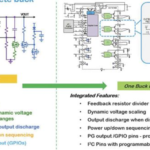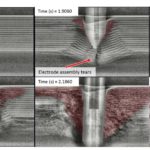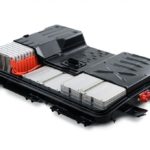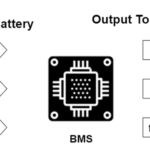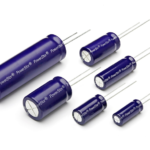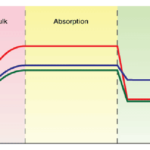 Analog Devices, Inc. announced the MAX17330 battery management integrated circuit (IC) with integrated fuel gauge and advanced battery protection for one-cell lithium-ion/polymer batteries that delivers a longer battery runtime for consumer applications than similar products. The new IC expands ADI’s battery management portfolio, which already delivers accuracy for the automotive and industrial markets that are among the highest in the industry. Compared with similar products, the MAX17330 significantly extends run-time and monitors internal cell self-discharge hazards, while also shrinking the solution size of single-cell battery-powered products. ADI’s proprietary AccuCharge and ModelGauge technologies deliver high top-off charge and deep safe discharge, enabling longer run-time of medical and fitness wearables, home and building automation sensors, handheld computers, and terminals. The MAX17330 also simplifies battery management for devices using parallel cells, such as foldable smartphones and tablets, as well as AR/VR smart glasses.
Analog Devices, Inc. announced the MAX17330 battery management integrated circuit (IC) with integrated fuel gauge and advanced battery protection for one-cell lithium-ion/polymer batteries that delivers a longer battery runtime for consumer applications than similar products. The new IC expands ADI’s battery management portfolio, which already delivers accuracy for the automotive and industrial markets that are among the highest in the industry. Compared with similar products, the MAX17330 significantly extends run-time and monitors internal cell self-discharge hazards, while also shrinking the solution size of single-cell battery-powered products. ADI’s proprietary AccuCharge and ModelGauge technologies deliver high top-off charge and deep safe discharge, enabling longer run-time of medical and fitness wearables, home and building automation sensors, handheld computers, and terminals. The MAX17330 also simplifies battery management for devices using parallel cells, such as foldable smartphones and tablets, as well as AR/VR smart glasses.
Conventional battery charger ICs implement techniques that result in inconsistent charging and consequently, require an additional margin for the battery protector. This limits the battery from being charged to its maximum level. Many modern devices require multiple cells that are separated physically to manage the weight distribution for good ergonomics or user experience. This poses unique challenges while charging, as the batteries can have unequal impedances and can also be of different capacities and initial states. The MAX17330 addresses these challenges by controlling the charger using its integrated fuel gauge for each individual cell.
Higher top-off charge for longer battery runtime: 20 percent more accurate charging with AccuCharge technology delivers higher top-off charge for longer runtime.
Higher fuel gauge accuracy: The ModelGauge m5 fuel gauge algorithm delivers 40 percent more accurate state-of-charge (SOC) readings; EZ configuration eliminates any need for battery characterization.
Smaller size: Small wafer-level package (WLP) and integration of the battery charger, fuel gauge, protector and authenticator functions reduce the total solution size by 36 percent when compared to similar solutions.
The MAX17330 is available now for $2.25 per 1,000 Units. The MAX17330X2EVKIT is available now for $94.34.

